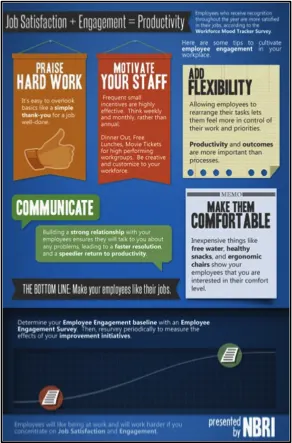“Do as I say; not as I do,” may be an idiom that is accepted in many parts of daily life, but when it comes to managing a team and a business, it can lead to dissolution and discontent within the ranks. “Not leading by example is one of the simplest and most needless ways to alienate people,” explains Victor Lipman to Forbes, who has written about effective management styles. “It’s a quick recipe for lost loyalty.”
Lipman provides two simple reasons that leading by example makes career and business sense:
- It is effective
- It makes people want to follow
Lipman is not alone. “It starts at the top and people emulate what I do,” says Alan Miller, founder, chairman and chief executive officer of hospital operator Universal Health Services (UHS). “I am accountable, they are accountable. But, I would never ask anybody to do anything I’m not prepared to do myself. Anything.” Miller knows a thing or two about managing workers and a successful company. UHS is a Fortune 500 business that has $8 billion in annual revenues and employs more than 70,000 people. The company owns and operates more than 235 acute care and behavioral health facilities throughout the United States and the United Kingdom and has never closed a facility. “It’s difficult to resent managers who roll up their sleeves and wade into the trenches when they need to, and who share the same sacrifices their teams do.”
 Effective leadership by example begins with employee engagement that all managers buy into. The first step is for managers to gauge current levels of engagement by conducting a baseline survey. Having this information will allow management to zero in on exactly the areas of weakness. By refining your scope, you won’t waste time and resources on areas that don’t need immediate attention, NBRI reports.
Effective leadership by example begins with employee engagement that all managers buy into. The first step is for managers to gauge current levels of engagement by conducting a baseline survey. Having this information will allow management to zero in on exactly the areas of weakness. By refining your scope, you won’t waste time and resources on areas that don’t need immediate attention, NBRI reports.
The goal is to have managers believe in the employee engagement program for his and her reports to follow. That is the key to instilling impactful employee engagement. “When your managers and leaders buy in to an employee engagement improvement program, they will set the best example you can have, which will filter down to their employees.”
Nampak Plastics recently executed an effective employee engagement improvement program that management credits with delivering significant results. The company set upon listening more closely to employees’ feedback and highlighting employee excellence, amongst other initiatives. Nampak management credits this endeavor with decreasing absence levels by 26 percent, reducing turnover rates by 38 percent and cutting overhead costs by seven percent per million bottles.
“Water flows downhill and so does organizational change. By making a commitment to changing your company culture at the very top, employees will see the importance and assimilate the goals.”
